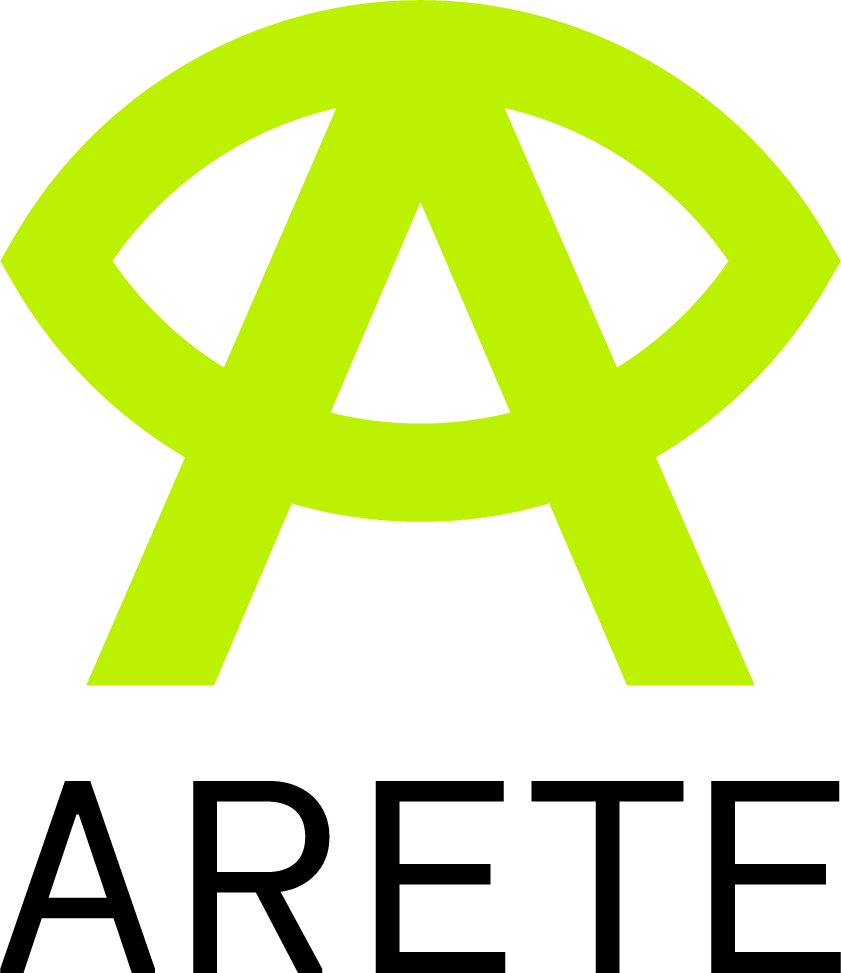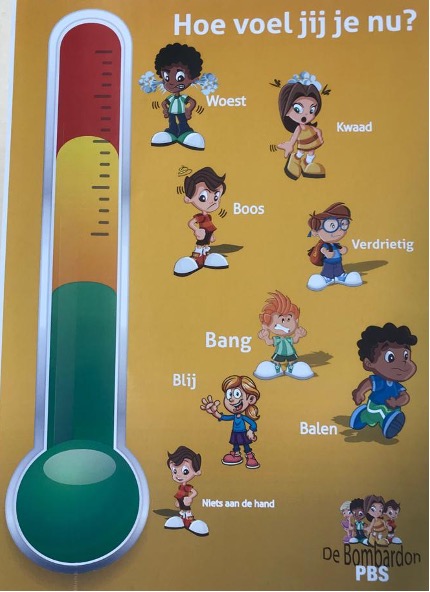Our character becoming real in Augmented Reality
The WP5 team has just started the process of giving the shape to one of the ARETE project aim: the creation of the AR-PBIS app. The first step is the realization of the 3D character that is intended to interact with students participating in the project (aged from 10 to 12 years) to teach them how to positively behave in different school environments. Mainly thanks to the STICHTING VU University support, the partner of the ARETE project expert in Positive Behaviour Intervention and Support, and to the University of Leicester, expert in Human-Computer Interaction, we are going to define the nature and characteristics of the character. The company selected for realization of the graphic of the AR-PBIS App, Sylphe Labs srl, is giving us the right support and suggesting us some ideas of how the character could appear.
All the WP5 partners agree in choosing an alien as the main character who will interact with AR-PBIS users. Overall, the alien should be designed to appear curious, friendly, and generally not be human like so that the child can model his behaviour in a less intrusive way. The metaphor is that an alien is new to the earth and has to learn all values, procedures and routines. Indeed, PBIS makes abundant use of visuals, metaphors, and social stories to show all stakeholders in the school settings what the behaviour procedures and purposes are. So, the power of the alien metaphor is that self-management strategies can be learned in a less intrusive and more efficient way. Moreover, we thought that teaching a behavioral procedure to someone who is "alien" to our culture may challenge people to reflect deeply on the social value of that behavior thus reinforcing its application.
The WP5 team is still working on this process sharing further ideas and hypotheses that can improve the final appearance of the character and its efficiency in helping children’s learning of and expressing positive behaviours.
Crispino Tosto
Institute for Educational Technologies
Italian National Research Council



